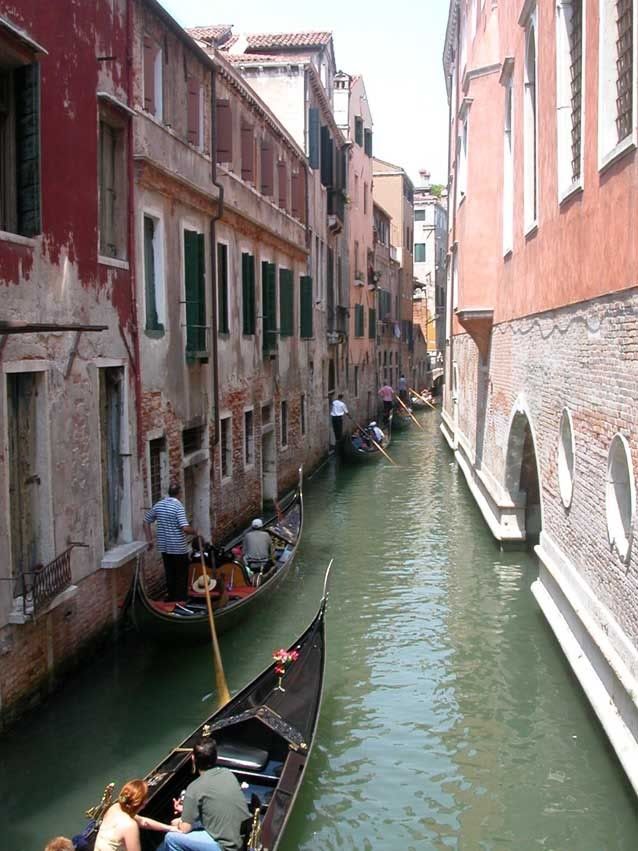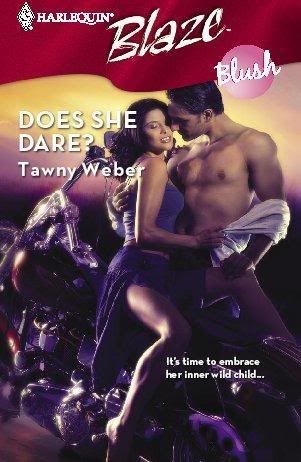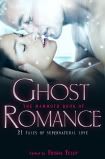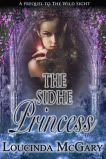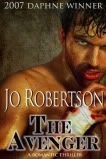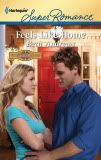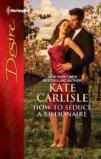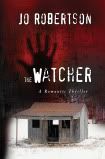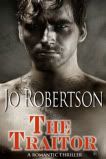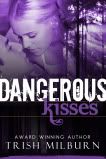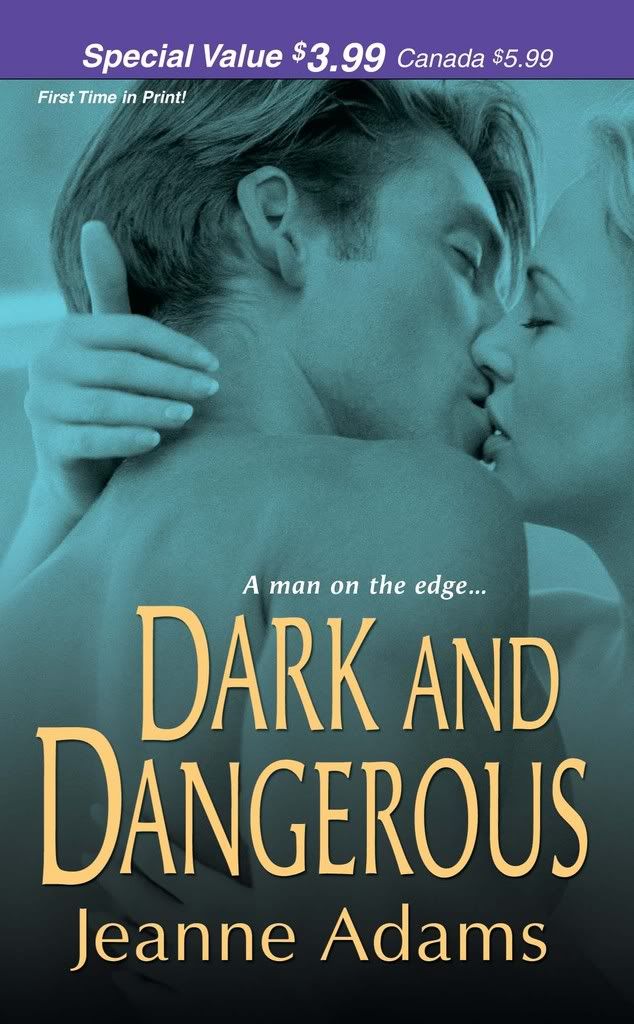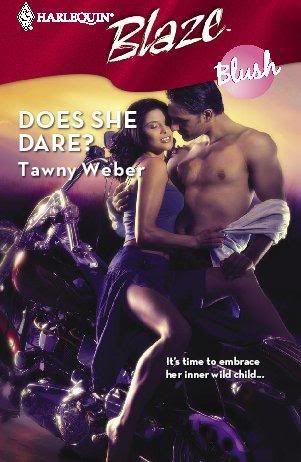by Nancy
Sorry, everyone, about the delay. We had a little glitch this morning, but we're up and running now.

Every story takes place somewhere, and the "where" often influences the story. What would
Wuthering Heights be without the windswept loneliness of the moors? Or LOTR, without the contrasts of the soft. green beauty of the Shire, the elven elegance of Lothlorien, and the arid hostility of Mordor? Or the Darkhunters, without the moody atmosphere of New Orleans?
Not as effective, I think. In each instance, the setting plays a role in the story. It reinforces mood and, at least in the case of Sauron's Mordor and Galadriel's Lothlorien, says something about those who inhabit it. (Notice how I resisted the urge to stick in a picture of Viggo Mortenson as Aragorn. But I thought about it.)

Historicals don't always take place in castles, of course. The post-medievals tend to involve manor houses and London townhouses. But each place says something about the people who inhabit it. And each era has its own conflicts and problems that can shape a story.
When I first started reading historical romance, there was much more variety in settings. The Caribbean was big. Pirates, y'know? Sabrina Jeffries'
The Pirate Lord is a wonderful example. The first pirate romance I read was Shirley Busbee's
The Spanish Rose, which is still on my keeper shelf. At the other end of the alphabet sits Kathleen Woodiwiss'
Shanna, whose fabulous Ruark did a turn as a pirate. Claudia Dain's debut novel was a superb pirate book,
Tell Me Lies.

Now that
Pirates of the Caribbean has been so big, I wonder if pirates will enjoy a big resurgence. So far, that doesn't seem to be happening.
Elizabethan England used to pop up from time to time. So did Revolutionary America. Then Regency England exploded and shoved lots of other choices to the side. Medievals are still hanging in, but they're more or less a niche market. Victorian seems to have blossomed but only if they're set in England.
I once heard an editor say every period has its fans, but profitability depends on having most of the books in a line set in the most popular periods. Much as I wish it were otherwise, this makes a certain amount of sense. Science fiction, fantasy, and mystery novels tend to be less restricted in setting, but in romance, we want a comfort book, and maybe part of that is a desire for the familiar, which means periods readers already know.
My 2006 finalist and its sequel were set in the English Restoration (so named because Charles II's 1660 return from exile after Oliver Cromwell died "restored" the English monarchy). I once heard an author (not me, honestly and truly) ask an editor about that period in a Q&A. The editor wrinkled her nose. "Restoraaaation," she said, sort of in the same tone you might use if you said, "I smell rotten fish in the kitchen." After a moment, she said, "I don't think that period really keys into reader fantasies."

If you look at the wardrobe, you can understand why. I mean, seriously, can you see this guy buckling a swash? As Jayne Anne Krentz said in her wonderful book
Dangerous Men, Adventurous Women, readers want to identify with the heroine and fall in love with the hero. Foppish heroes who dress kind of like we readers envision heroines don't really have that appeal. I love the period because it's so rich in conflict and tension and deprivation and decadence, but it's not big with most readers. There are a few authors out there dipping into it, but most of them tend not to stay there.
And just so we all know, my heroes avoided contemporary fashion, which they thought was impractical. One was a naval officer who wouldn't wear anything that made climbing the rigging more dangerous than it already was, and the other was an earl and ex-soldier who had no patience with frills and furbelows (I love that phrase, but I had to look up the latter word. A furbelow is a showy frill or pleating).
As I became more educated about the market, I put that period aside and moved to the medieval era instead. For pure flash and dash, I don't think any dynasty in the history of any country can beat England's Plantagenets, though the post-Conquest Normans offer a lot of conflict, as do the Dark Ages. The advantage of being a history geek is having a great many periods one loves.

Contemporaries also make great use of setting. Urban paranormals play off the shiny glass and steel and the gritty slums of cities. Small towns bring in the sense of community and the sometimes unfortunate awareness of everyone else's business.
What settings do you love, and why? What's your favorite book set in a historical time period or your favorite contemporary where setting plays a part? If you could read a book set anywhere and anywhen, from the dawn of time to the far future, what would you pick?
 by Christine Wells
by Christine Wells I grew up on a diet of European fairytales and traditional English books like The Children of Cherry Tree Farm, so the homes I imagined for myself were usually situated at the edge of a wood, surrounded by fields of wildflowers. There'd be a great stone hearth in the living room and patchwork quilts on the beds. (That's when I wasn't imagining myself in a Hobbit house or a gingerbread cottage or Green Gables--not that I actually knew what gables were).
I grew up on a diet of European fairytales and traditional English books like The Children of Cherry Tree Farm, so the homes I imagined for myself were usually situated at the edge of a wood, surrounded by fields of wildflowers. There'd be a great stone hearth in the living room and patchwork quilts on the beds. (That's when I wasn't imagining myself in a Hobbit house or a gingerbread cottage or Green Gables--not that I actually knew what gables were).














